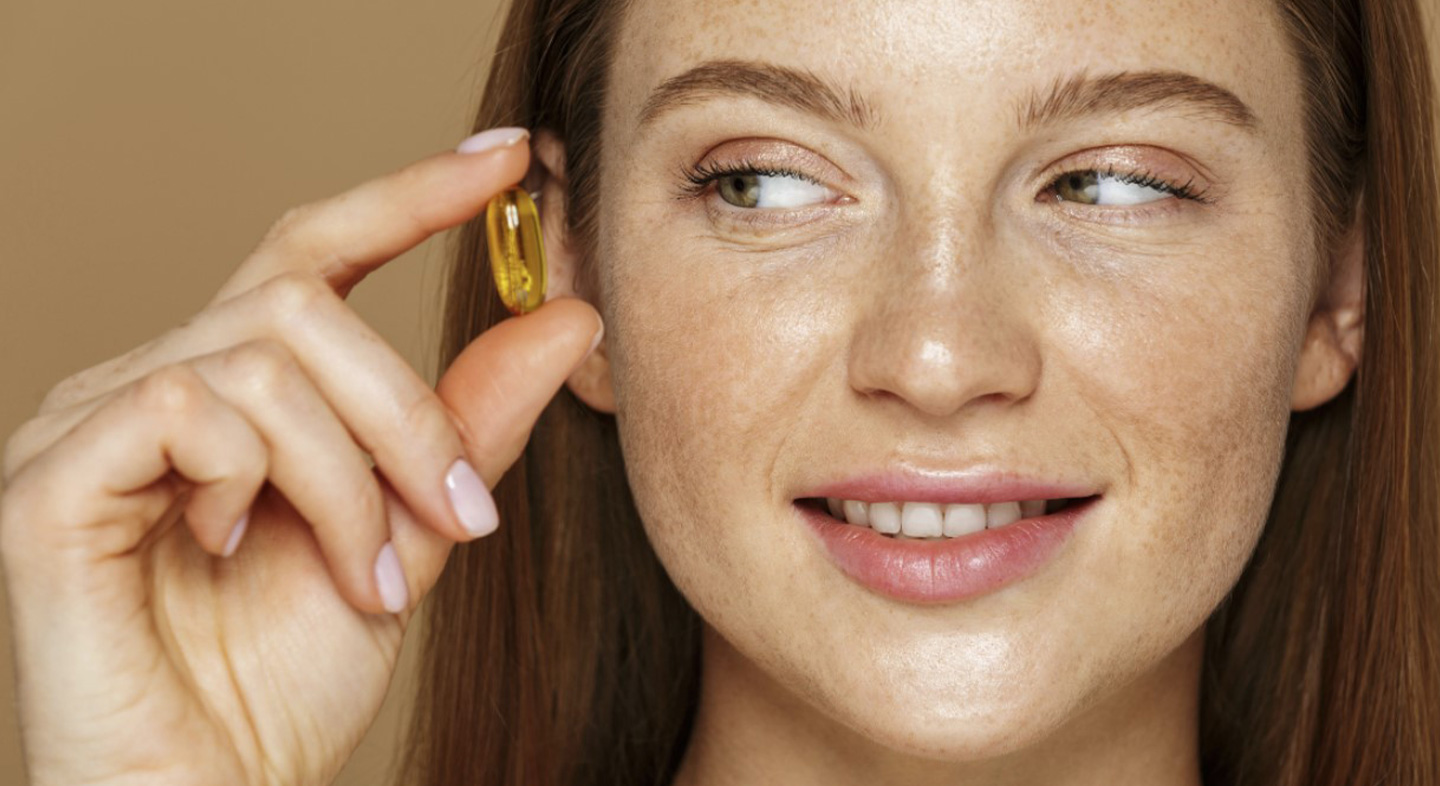
Holistic beauty
on
Skin care
peer-reviewed
The power of holistic beauty: the future of personal care
CYNTHIA G. SUÁREZ1, UTE WOLLENWEBER*2
*Corresponding Author
1. Expert New Product Development, Finzelberg GmbH & Co KG
2. Founder & CEO, care-and-science, Bonn, Germany
ABSTRACT: The cosmetics industry has witnessed a paradigm shift in recent years, with an increasing emphasis on holistic approaches that go beyond traditional formulations.
Nowadays, cosmetics are more than just products that improve the appearance of the skin and hair. They are part of a wellness philosophy that addresses the physical, mental, emotional, and spiritual aspects of beauty.
Next to the topical application the skin additionally is nourished from within by using natural ingredients that are safe, effective, and sustainable.
This article explores the integration of science, nature, and wellness in the development and application of cosmetic products. A holistic approach to cosmetics encompasses a comprehensive understanding of the interplay between science, nature, and wellness in the realm of cosmetics.
??????????????????
Introduction
The conventional approach to cosmetics has predominantly focused on external aesthetics. However, a holistic approach recognizes that true beauty emanates from the harmonious balance between internal well-being and external appearance.
The influence of biological, environmental and lifestyle factors are summarized very well in the “Holistic Beauty Wheel”, Fig 1. [1]. Some stress factors such as a poor diet, pollution and smoking are directly affecting the body and the skin. These stressors are accelerating skin aging and oxidative process causing skin damage.
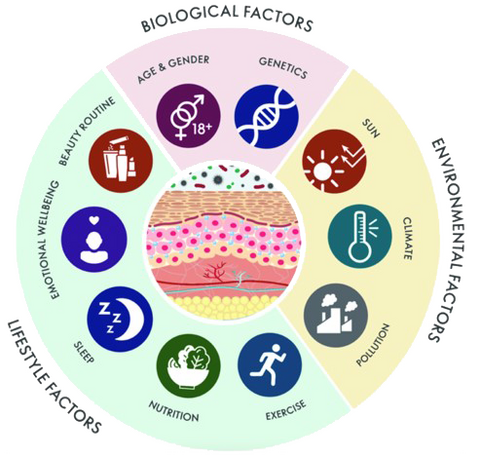
Figure 1. Holistic Beauty Wheel. Schematic map of the biological, environmental, and lifestyle factors influencing skin health and skin aging [1]
We will explore the emerging trends and potential breakthroughs that are shaping the landscape of the so-called “holistic cosmetics” including the key distinctions between the classical and the holistic approach.
The holistic approach explores the integration of science, nature, and wellness in the development and application of cosmetic products, and we will focus on the following topics:
- Topical cosmetics (“Classical approach”)
- Beauty from within
- Synergy Between Internal and External Approaches
- Scientific Backing for a Holistic Approach
- Sustainability
By understanding these issues, the industry can meet the growing demands of an increasingly conscientious consumer base and may provide comprehensive beauty solutions that cater to both internal and external dimensions of beauty.
“
“A study in healthy women providing probiotic yogurt for four weeks showed an improvement in emotional responses as measured by brain scans”
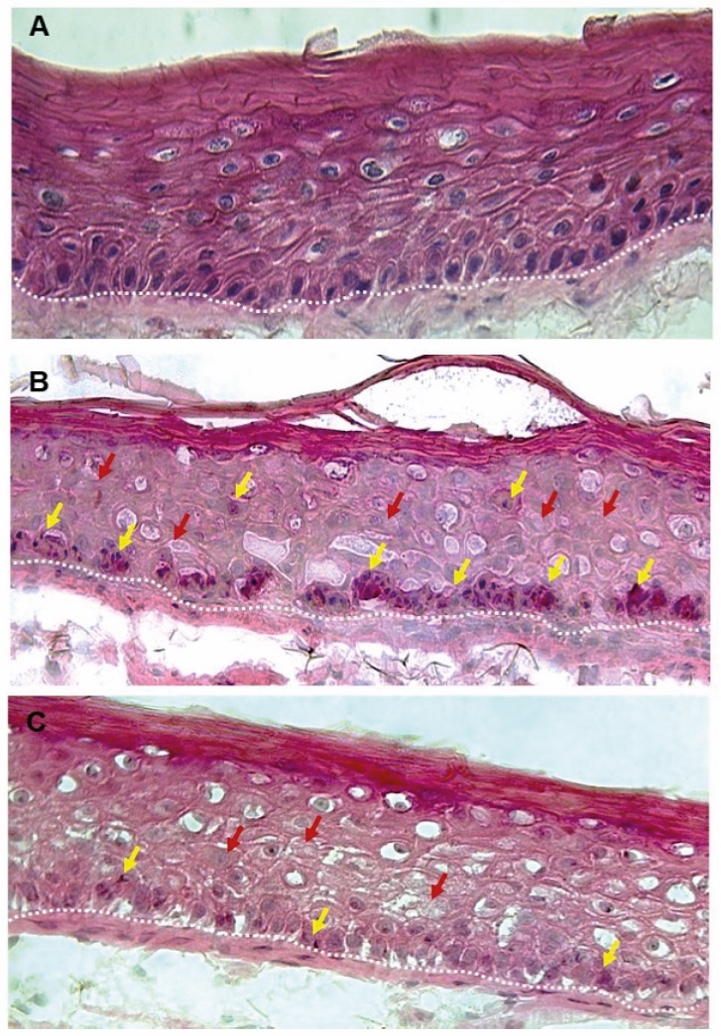
Figure 1. Skin Section with Microbiome. Most microorganisms live in the superficial layers of the stratum corneum and in the upper parts of the hair follicles. Some reside in the deeper areas of the hair follicles and are beyond the reach of ordinary disinfection procedures. There bacteria are a reservoir for recolonization after the surface bacteria are removed.
Materials and methods
Studies of major depressive disorder have been correlated with reduced Lactobacillus and Bifidobacteria and symptom severity has been correlated to changes in Firmicutes, Actinobacteria, and Bacteriodes. Gut microbiota that contain more butyrate producers have been correlated with improved quality of life (1).
A study in healthy women providing probiotic yogurt for four weeks showed an improvement in emotional responses as measured by brain scans (2). A subsequent study by Mohammadi et al. (3) investigated the impacts of probiotic yogurt and probiotic capsules over 6 weeks and found a significant improvement in depression-anxiety-stress scores in subjects taking the specific strains of probiotics contained in the yogurt or capsules. Other studies with probiotics have indicated improvements in depression scores, anxiety, postpartum depression and mood rating in an elderly population (4-7).
Other studies have indicated a benefit of probiotic supplementation in alleviating symptoms of stress. In particular, researchers have looked at stress in students as they prepared for exams, while also evaluating other health indicators such as flu and cold symptoms (1). In healthy people, there is an indication that probiotic supplementation may help to maintain memory function under conditions of acute stress.
Topical cosmetics
The American Food and Drug Administration FDA defines cosmetics by their intended use, and their applications such as “to be rubbed, poured, sprinkled, sprayed on, introduced into, or otherwise applied to the human body with the objective to clean, beautify, promote attractiveness, or alter the appearance” [2]. Among the products included in this definition are skin moisturizers, perfumes, lipsticks, fingernail polishes, makeup preparations, cleansing products, hair colours and permanent waves and deodorants, as well as any substance intended for use as a component of a cosmetic product.
The common focus of topical cosmetics is the improvement of external beauty through the application of products directly onto the skin and hair. It should not cross the blood-brain barrier and is not meant to be ingested by humans or animals.
Topical products only penetrate the epidermis whereas transdermal products cross the skin down to the dermis as well [3, 4]. However, in general both kinds of applications are mostly described as topical products.
Normally, topical applications address to specific skin concerns such as anti-aging, hydration, blemish control, etc. Therefore, selected active ingredients are incorporated into the formulae. The efficacy of the incorporated actives should be backed by scientific studies.
Beauty from within
Our body is a complex and interconnected system that reflects the relationships between the outside and the inside. Like any other organ, the skin is nourished by what we eat and drink. Consumers have become increasingly aware of the importance of a healthy lifestyle and wellness in general (5). The skin is the largest organ in the body and consumers understand that beautiful skin is first and foremost healthy skin.
The three main goals of this concept are:
- Nourishing the body with essential nutrients that promote healthy skin, hair, and nails. This is achieved through the consumption of nutraceuticals, which are supplements that contain vitamins, minerals, and other beneficial ingredients that support overall health.
- Protecting the body from environmental stressors that can damage the skin, hair, and nails through the intake of antioxidants.
- Hydrating the body. This is managed by drinking water and other hydrating fluids and using topical products that help to lock in moisture.
The interaction between a healthy diet and the skin barrier has been studied since the early 2000s. For example, in a one-year study, Maxim et al. impressively demonstrated the influence of a vitamin-rich diet on a healthy skin barrier and the concentration of carotenoids in it [6].
Many botanicals, vitamins and supplements have emerged in recent years to enrich our diets and reverse the ageing process of skin cells, offering a solution to improve skin structure and radiance or improve microcirculation [7].
Consequently, beauty from within means enhancing one’s appearance through internal factors such as nutrition, hydration, and overall well-being out to achieve healthy skin, hair, and nails.
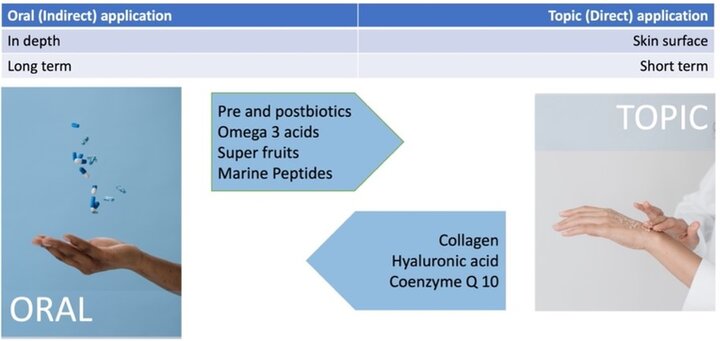
Figure 2. Different approaches of oral and topic application.
Synergy Between Internal and External Approaches
Emphasizing the synergy between internal and external beauty solutions, a holistic approach addresses the root which causes visible manifestations of skin concerns.
As shown in Fig. 2, the combination of topical and oral application considers both short term and long term efficacy as well as effect on the skin surface and deeper layers of the skin.
Both concepts are influenced by each, other and the active ingredients are nowadays used in each of the advances: Ingestible ingredients, extracts and super fruits are used in cosmetics and complementary topical products such as Coenzyme Q10, hyaluronic acid and other biopolymers are incorporated in food supplements.
The combination of internal and external skin routine definitely improves skin barrier, and therefore the overall skin health.
An important aspect of holistic beauty is self-care, taking time for yourself to relax and unwind can help reduce stress and improve overall well-being. This can include activities such as meditation, yoga, or simply taking a relaxing bath.
The connection between body and mind is well known, and the skin is part of this relationship. Skin cells have receptors and neurotransmitters that are connected to the brain and visibly respond to various physical and emotional stimuli.
This has given rise to a relatively new field of products called neurocosmetics [8]. The focus here is on the link between the brain and skin health. Neurocosmetics aim to reduce stress, balance mood or improve sleep with the aim of improving skin health. Considering the traditional use of botanicals in different cultures, from ayurvedic to European, the introduction of botanicals like rhodiola, passionflower, lemon verbena is nowadays very common in this nutraceuticals/ neurocosmetics.
Moreover, prebiotics, probiotics and postbiotics are merging faster as active ingredients for topical formulas or nutraceuticals by promoting a healthy microbiome. A healthy microbiome helps to reduce inflammation, improves the skin barrier function, and reduces the risk of skin conditions such as acne and eczema [9, 10]. While probiotics are more common in beauty from within concepts because as living bacteria they are complicated to be incorporated in cosmetics formulas and challenge their preservation systems, prebiotics and postbiotics are ideal for all applications.
In summary, pre-, pro-, and postbiotics can all be beneficial for cosmetics: They can help to promote a healthy microbiome, reduce inflammation, improve the skin barrier function, and reduce the risk of skin conditions such as acne and eczema.
Examples of probiotic applications include various dairy products such as yogurt, while polysaccharides are used as prebiotics.
Postbiotics, in particular, are gaining popularity in the cosmetic industry as a new type of health-promoting molecules that can be used in cosmetic formulations [10]. As an example, fermentates are used as postbiotics to support and strengthen the skin’s microbiome.
SCIENCE-BACKED HOLISTIC BEAUTY
Advances in cellular and molecular knowledge of the skin and its metabolism have led to a better understanding of the bidirectional communication between the skin and the body’s metabolism in general. This has opened a new area of research that is providing the evolving cosmetic market with new ingredients, combinations of compounds and products.
In this context, a key aspect of the efficacy of dietary supplements is to have scientific evidence of the benefits they provide. For this purpose, different study tools can be used at different stages of the product development process [11].
One of these, prior to the intervention study in the population of interest, is in vitro studies as rapid diagnostic systems that allow the selection of bioactive compounds or combinations of nutrients according to their synergistic effect.
Another approach is the use of in vitro digesters that simulate the digestive system to study the bioavailability of nutrients (how much and which metabolites could reach the skin after digestion) as well as the modulation of some biomarkers involved in the skin function such as collagen.
If the digestive system includes microbiota, the bioactive compounds may modulate the microbiota and the shift can be observed. The obtained data prove the connection between gut and skin, the so-called skin-gut axis.
Cradle-to-Cradle Sustainability
Holistic cosmetics prioritize the incorporation of natural and sustainable ingredients. Botanical extracts, organic compounds, and ethically sourced materials not only contribute to product efficacy but also align with consumer demands for environmentally conscious choices.
The synergy between science and nature in formulating cosmetics that are both effective and environmentally responsible is becoming a new standard. The holistic approach is moving towards cradle-to-cradle sustainability, where products are designed with a focus on circular economy principles.
Developers can explore recyclable and biodegradable solutions why marketers can communicate a commitment to a circular economy, and sales teams can appeal to environmentally conscious consumers by highlighting sustainable product life cycles [12].
Another important aspect is the supply chain. Blockchain is emerging as a tool for enhancing transparency, providing consumers with detailed information about ingredient provenance and product authenticity.
In conclusion, staying ahead in the cosmetics industry requires a proactive approach to emerging trends and potential breakthroughs in holistic cosmetics.
Companies who embrace these trends can position themselves as cutting-edge, meeting the demands of a discerning customer base and shaping the future of holistic beauty.
Conclusion
The future of cosmetics lies in the continued evolution of holistic approaches which represents a transformative shift in the industry, merging scientific advancements, natural ingredients, and wellness principles. By understanding and embracing the interconnectedness of these elements, the cosmetics industry can cultivate products that not only enhance external beauty but also contribute to the overall well-being of individuals and the planet.
The interplay between beauty from within and topical cosmetics is the key for future products. The integration of biotechnology and green chemistry is revolutionizing cosmetic formulations, offering sustainable and biocompatible alternatives.
Developers can implement blockchain to trace the journey of ingredients from source to product. Nevertheless, the efficacy of the natural products should be scientifically proven. Marketers can communicate transparency as a brand value, and parallelly educate consumers by highlighting how specific ingredients contribute to radiant and healthy skin.
By embracing the synergy between these approaches and leveraging scientific advancements, the cosmetics industry can provide consumers with comprehensive beauty solutions that cater to both internal and external dimensions of beauty.
Surfactant Applications
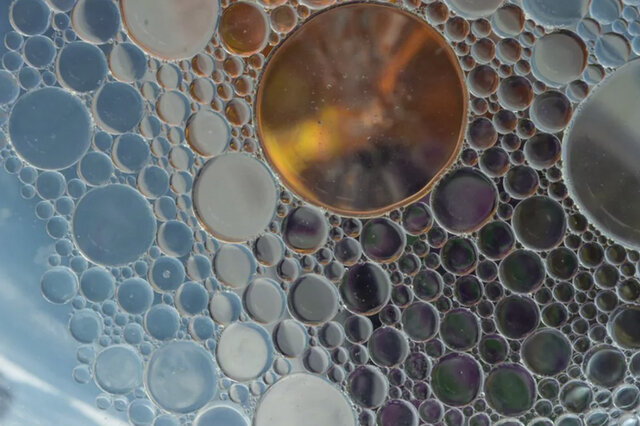
The application area lends itself particularly well to the use of AI. Active today in this area is the US company Potion AI (6). The company provides AI-powered formulation tools for beauty and personal care R&D. Their offerings include Potion GPT, next generation ingredient and formula databases and AI document processing. Potion’s work could have a significant impact on the entire surfactant value chain, from raw material suppliers to end consumers. By using their GPT technology, they can help target work toward novel surfactant molecules that have optimal properties for specific applications. By using their ingredient and formula databases, they can access and analyze a vast amount of data on surfactant performance, safety, and sustainability. By using their AI document processing, they can extract and organize relevant information from patents, scientific papers, and regulatory documents. These capabilities could enable Potion AI's customers to design and optimize surfactant formulations that are more effective, eco-friendly, and cost-efficient. A particularly interesting application for this type of capability is deformulation.
Deformulation is the process of reverse engineering a product's formulation by identifying and quantifying its ingredients. Deformulation can be used for various purposes, such as quality control, competitive analysis, patent infringement, or product improvement. However, deformulation can be challenging, time-consuming, and costly, as it requires sophisticated analytical techniques, expert knowledge, and access to large databases of ingredients and formulas.
AI can potentially enhance and simplify the deformulation process by using data-driven methods to infer the composition and structure of a product from its properties and performance. For example, AI can use machine learning to learn the relationships between ingredients and their effects on the product's characteristics, such as color, texture, fragrance, stability, or efficacy. AI can also use natural language processing to extract and analyze information from various sources, such as labels, patents, literature, or online reviews, to identify the possible ingredients and their concentrations in a product.
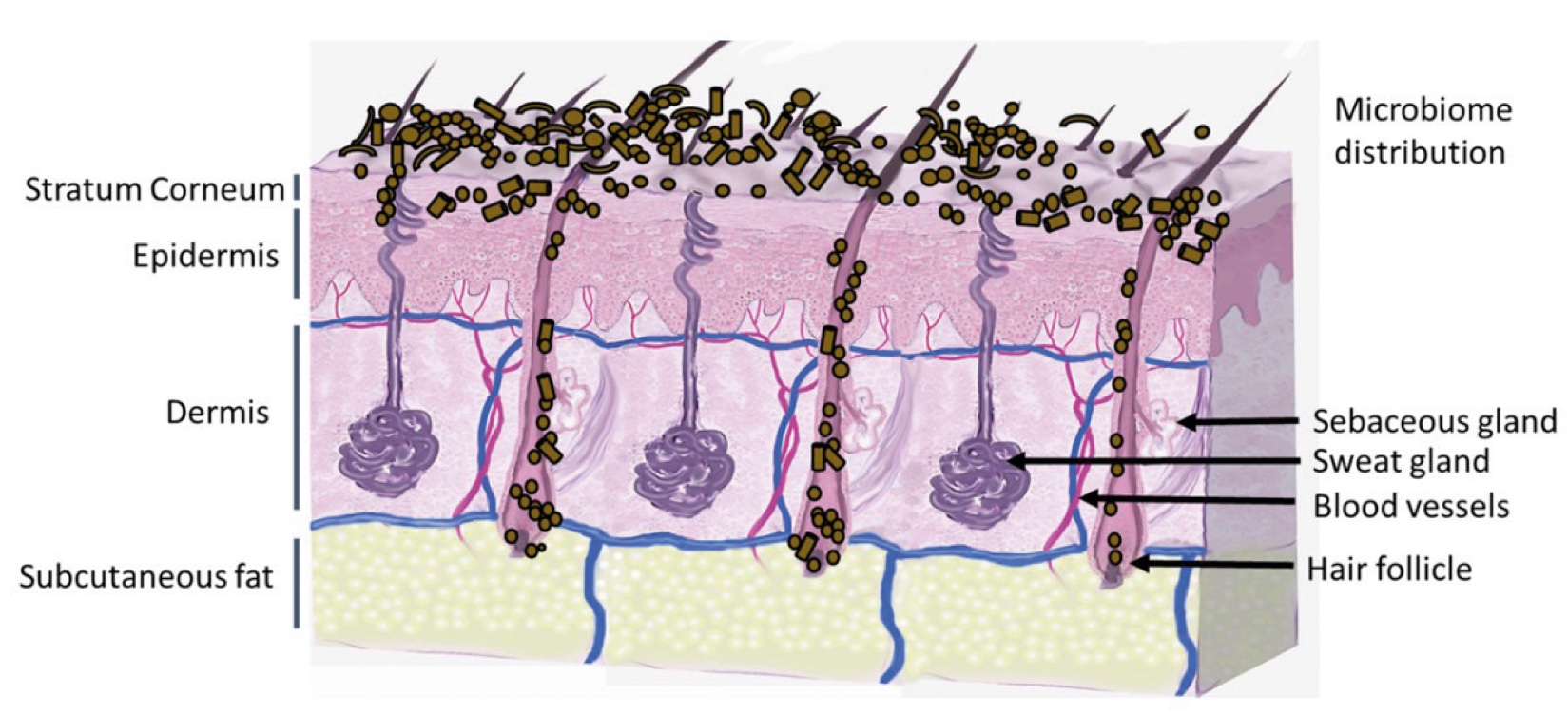
Figure 2. Skin Section with Microbiome. Most microorganisms live in the superficial layers of the stratum corneum and in the upper parts of the hair follicles. Some reside in the deeper areas of the hair follicles and are beyond the reach of ordinary disinfection procedures. There bacteria are a reservoir for recolonization after the surface bacteria are removed.
References and notes
- Khmaladze I, Leonardi M, Fabre S, Messaraa C, Mavon A. The Skin Interactome: A Holistic “Genome-Microbiome-Exposome” Approach to Understand and Modulate Skin Health and Aging. Clin Cosmet Investig Dermatol. 2020;13:1021-1040. doi 10.2147/CCID.S239367.
- fda.gov. FD&C Act, sec. 201(i); https://www.fda.gov/media/88234/download; content current as of 02/25/2022.
- Kim B, Cho HE, Moon SH, et al. Transdermal delivery systems in cosmetics. Biomed Dermatol. 2020;4(1):10. doi: 10.1186/s41702-020-0058-7.
- Yu YQ, Yang X, Wu XF, Fan YB. Enhancing Permeation of Drug Molecules Across the Skin via Delivery in Nanocarriers: Novel Strategies for Effective Transdermal Applications. Front Bioeng Biotechnol. 2021;9:646554. doi: 10.3389/fbioe.2021.646554.
- Cosmetics Europe - The Personal Care Association. European Consumer Perception Study 2022 Cosmetics Europe - The Personal Care Association :: European Consumer Perception Study 2022content current as of 02/02/2024
- Darvin ME, Patzelt A, Knorr F, Blume-Peytavi U, Sterry W, Lademann J. One-year study on the variation of carotenoid antioxidant substances in living human skin: influence of dietary supplementation and stress factors. J Biomed Opt. 2008;13(4):044028. doi: 10.1117/1.2952076
- Wollenweber U, Suarez Rizzo CG. It’s Not Just Collagen – Nutricosmetics, An Evolving Landscape, SOFW Journal. 2023;149(1+2):18-22.
- Rizzi V, Gubitosa J, Fini P, Cosma P. Neurocosmetics in Skincare—The Fascinating World of Skin–Brain Connection: A Review to Explore Ingredients, Commercial Products for Skin Aging, and Cosmetic Regulation. Cosmetics. 2021;8(3):66. doi: 10.3390/cosmetics8030066
- De Almeida CV, Antiga E, Lulli M. Oral and Topical Probiotics and Postbiotics in Skincare and Dermatological Therapy: A Concise Review. Microorganisms. 2023;11(7):1420. doi: 10.3390/microorganisms8050785.
- Duarte M, Oliveira AL, Oliveira C, et al. Current postbiotics in the cosmetic market—an update and development opportunities. Appl Microbiol Biotechnol. 2022;106:5879–5891 10.1007/s00253-022-12116-5
- Wollenweber U, Suarez Rizzo CG. Blue-light Reimagined – Delighting Ingredients for Skin Protection. SOFW Journal. 2021;147(7+8):16-23.
- Wollenweber U. The Science behind Clean Cosmetics. COSSMA. 2021;4:10-13.
